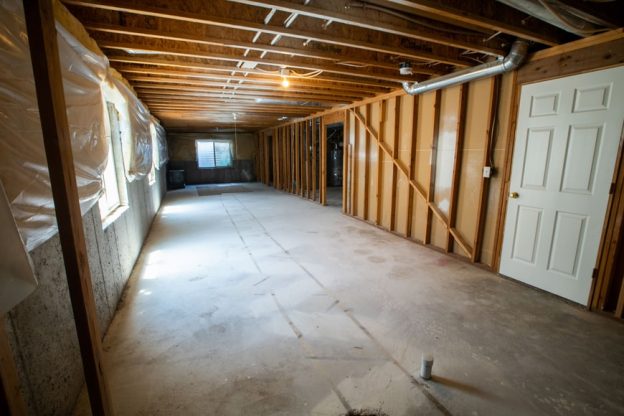Radon can cause lung cancer, and that is a fact. Even the World Health Organization states that this radioactive gas is the second leading cause of lung cancer. Despite the millions of deaths, it can cause, radon reduction is often neglected. But if you care about your health and your loved ones, too, it’s time to mitigate radon in your home.
Addressing the Issue of Radon Entry Through Floor Drains
Since radon is a gas, it can pass through floor drains or a sump. As such, those structures can be exposed to what others put in the sewer. So how can you address this issue? Should you install drains with valves for radon reduction? The answer would be drain installation with a valve. Doing so allows the water to flow into the sumps and floor drain. The good thing about this technique is that the drain seals out radon, insects, and odors from the sub-floor area.
What to Consider in Radon Reduction
In mitigating the cancer-causing gas, identifying the radon levels first is one of the first steps to determine which radon reduction technique is best for your home. Installing drains with valves for radon reduction might sound a good idea, but it’s not always the case. Before you consider any technique, it would be best to contact a professional radon contractor in your state to help you with radon testing.
There are two types of radon testing, short-term and long-term. Both tests can help you check the existence of radon, but long-term testing is ideal if you want to know the consistency of radon levels. Remember that radon fluctuates, which can be high or low, depending on several factors. With a long-term radon test, you can tell if installing a radon mitigation system is worth your money.
Simple Radon Mitigation Techniques
If you’re not ready for a drain installation, there are simple radon reduction techniques that you can try. Though they might be a temporary solution, they can still help you reduce radon. Here are some methods:
Sealing
Sealing the cracks and other openings that you can find in the foundation is one of the simplest ways to reduce radon. With this technique, you can limit the flow of radon into your home, which makes other radon reduction techniques more effective and cost-efficient.
Natural Ventilation
All homes have natural ventilation. You can take advantage of it to reduce radon in your home. Try opening windows, doors, and vents on the lower floors. Doing so increases the ventilation in your home.
Radon reduction might sound challenging, but with the guidance of professional radon contractors, you can mitigate the cancer-causing gas in no time. Suppose you have tested your home for radon, and the results say your home has high radon levels; you may try the simple mitigation techniques or consider installing a drain with a valve.



